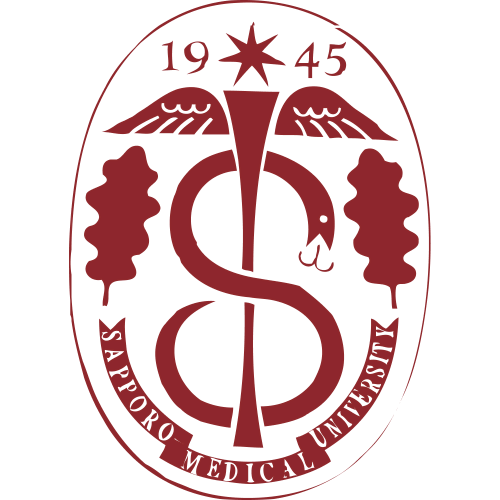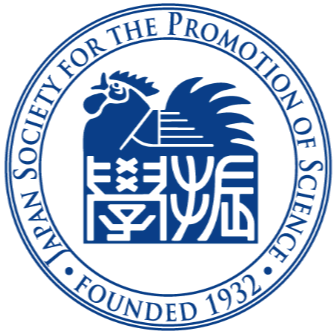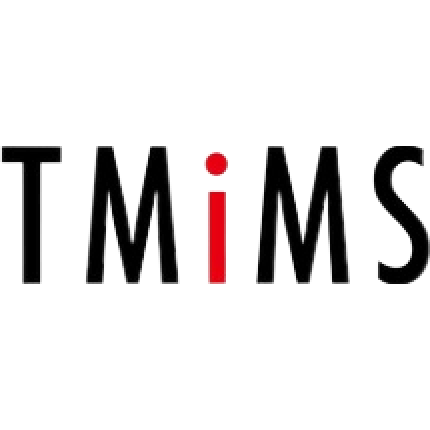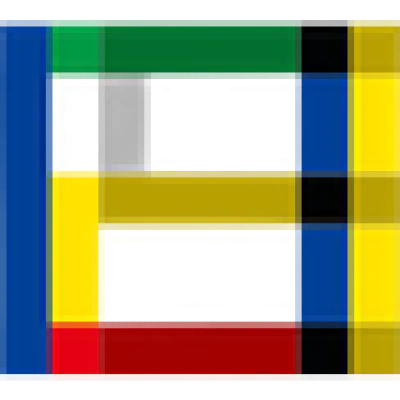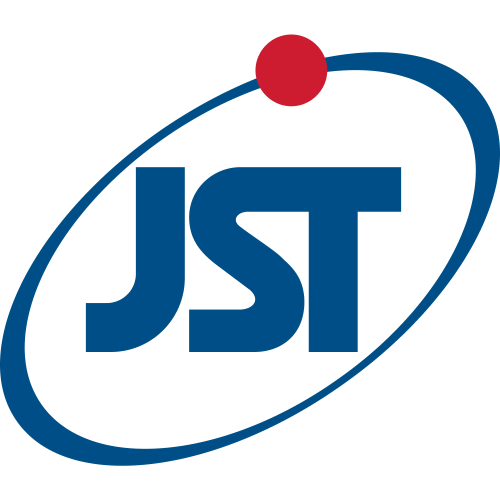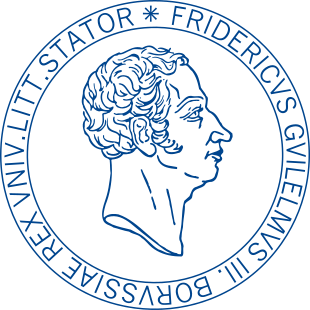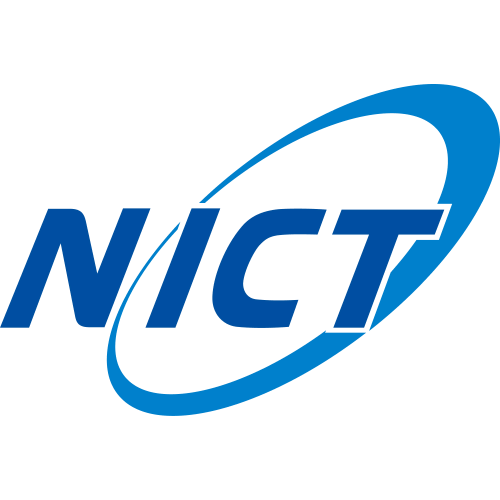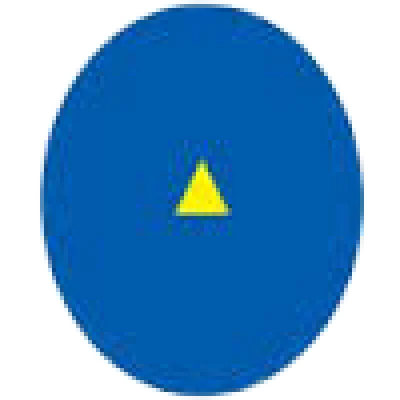Japanese Journal of Physiological Psychology and Psychophysiology
Japanese Society for Physiological Psychology and Psychophysiology
ISSN:
02892405, 2185551X
Are you a researcher?
Create a profile to get free access to personal recommendations for colleagues and new articles.
Years of issue
2025
journal names
Japanese Journal of Physiological Psychology and Psychophysiology
Top-3 citing journals

Behavioral and Brain Sciences
(32 citations)

Shinrigaku Kenkyu
(23 citations)
Top-3 organizations

Hiroshima University
(44 publications)

Kwansei Gakuin University
(28 publications)

Osaka University
(25 publications)

Osaka University
(7 publications)

University of Tsukuba
(5 publications)

Ibaraki University
(4 publications)
Top-2 researchers by articles count
1 publication in journal

Shioiri Satoshi
PhD, professor
117 publications,
1 214 citations
h-index: 19

Tohoku University
1 publication in journal

Okumura Yasuko
15 publications,
176 citations,
1 review
h-index: 7
Most cited in 5 years
Found
Nothing found, try to update filter.
Found
Nothing found, try to update filter.
Top-100
Citing journals
Citing publishers
Publishing organizations
Publishing organizations in 5 years
|
1
2
3
4
5
6
7
|
|
|
Osaka University
7 publications, 7.78%
|
|
|
University of Tsukuba
5 publications, 5.56%
|
|
|
Ibaraki University
4 publications, 4.44%
|
|
|
Hiroshima University
3 publications, 3.33%
|
|
|
Tokyo Gakugei University
3 publications, 3.33%
|
|
|
Hokkaido University
2 publications, 2.22%
|
|
|
University of Yamanashi
2 publications, 2.22%
|
|
|
Aoyama Gakuin University
2 publications, 2.22%
|
|
|
Bunkyo Gakuin University
2 publications, 2.22%
|
|
|
Komazawa University
2 publications, 2.22%
|
|
|
University of Helsinki
1 publication, 1.11%
|
|
|
National Institutes for Quantum Science and Technology
1 publication, 1.11%
|
|
|
Tokyo Medical and Dental University
1 publication, 1.11%
|
|
|
Keio University
1 publication, 1.11%
|
|
|
Osaka University of Health and Sport Sciences
1 publication, 1.11%
|
|
|
National Institute of Advanced Industrial Science and Technology
1 publication, 1.11%
|
|
|
RIKEN-Institute of Physical and Chemical Research
1 publication, 1.11%
|
|
|
Kyushu University
1 publication, 1.11%
|
|
|
Tokyo Metropolitan Institute of Medical Science
1 publication, 1.11%
|
|
|
Shinshu University
1 publication, 1.11%
|
|
|
Fujita Health University
1 publication, 1.11%
|
|
|
Japan Society for the Promotion of Science
1 publication, 1.11%
|
|
|
Kansai Medical University
1 publication, 1.11%
|
|
|
Aichi Gakuin University
1 publication, 1.11%
|
|
|
Kwansei Gakuin University
1 publication, 1.11%
|
|
|
Fukushima University
1 publication, 1.11%
|
|
|
Shizuoka University
1 publication, 1.11%
|
|
|
1
2
3
4
5
6
7
|
Publishing countries
|
20
40
60
80
100
120
|
|
|
Japan
|
Japan, 103, 17.11%
Japan
103 publications, 17.11%
|
|
Italy
|
Italy, 5, 0.83%
Italy
5 publications, 0.83%
|
|
USA
|
USA, 1, 0.17%
USA
1 publication, 0.17%
|
|
United Kingdom
|
United Kingdom, 1, 0.17%
United Kingdom
1 publication, 0.17%
|
|
20
40
60
80
100
120
|
Publishing countries in 5 years
|
5
10
15
20
25
30
35
|
|
|
Japan
|
Japan, 32, 35.56%
Japan
32 publications, 35.56%
|
|
Italy
|
Italy, 2, 2.22%
Italy
2 publications, 2.22%
|
|
5
10
15
20
25
30
35
|
1 publication in journal

Shioiri Satoshi
PhD, professor
117 publications,
1 214 citations
h-index: 19

Tohoku University
1 publication in journal

Okumura Yasuko
15 publications,
176 citations,
1 review
h-index: 7































